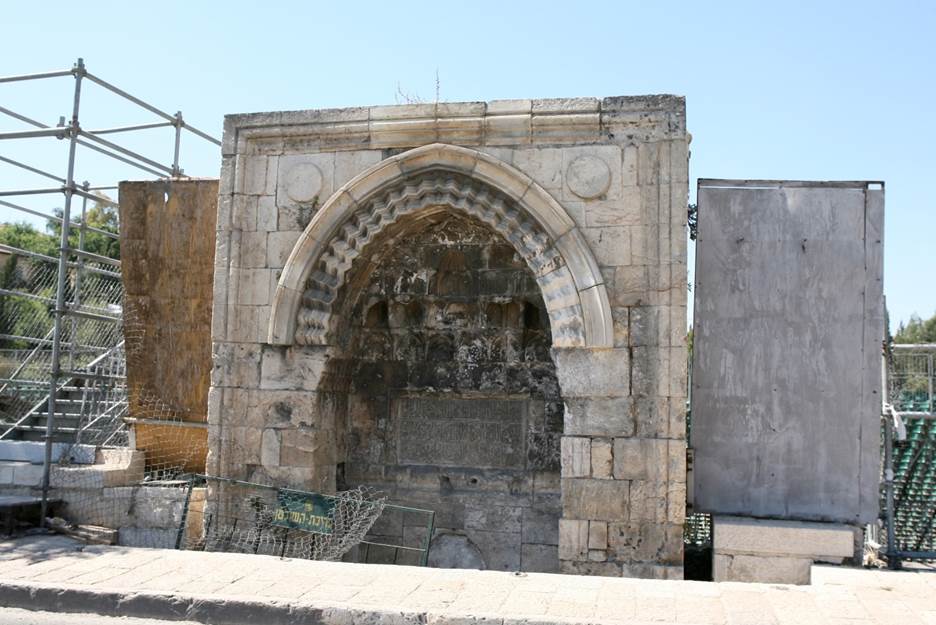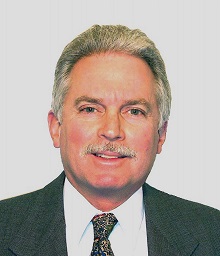

Mamluk Water Fountain
Water for Peace Is a Good Tradeoff
By Phil Pasquini

Washington: One of the most volatile and contentious issues facing the entire world in this era of climate upset is water. That basic element so important in sustaining life is often overlooked unless you don’t have it or if you have too much of it.
And nowhere is it more important than in the most water scarce region on Earth where supply and demand between Jordan, Israel and Palestine is the fodder of ongoing conflict. It is this basic element for human existence that can bring about a peaceful coexistence or precipitate a war.
Who has it and who controls it are major concerns to those who do not have it or have too little or too inconsistent or quality of supply to meet demand. Added to the region’s natural shortage is the ongoing and escalating climate crisis that sees even less rain coupled with the ongoing lowering of surface and underground water tables as resources are tapped to meet growing demand creating a water deficit of historical proportions.
Presently Israel generates seventy percent of its needs through desalination while the West Bank and Gaza are in dire need of more natural surface water being unable to increase capacity by utilizing costly desalination equipment.
Eco Peace Middle East (EPME), an NGO, estimated that in 2015 alone, “Israel, Jordan and Palestine were together overdrawing close to 300 million cubic meters of water (79.2 million gallons) beyond the capacity” of all sources combined.
The US Institute of Peace (USIP) last week held a panel discussion titled “The Game-Changing Potential of Water in the Israeli-Palestinian Conflict” on the issue concerning technological advances and new regional alliances that may potentially offer new opportunities for both sides including broader diplomatic progress that may eventually lead to peace in the region.
The issue of water as a finite and pivotal resource has been a sticking point in ongoing negotiations between the sides as populations grow and supplies dwindle. One goal of EPME is the “efficient management of Israeli / Palestinian natural shared waters [that] have been held hostage to the failure to agree on the other final status issues.” Another goal is that of “furthering sustainable development and peace in their region.”
The discussion included its three country directors, Yana Abu Taleb, Jordan Director; Nada Majdalani, Palestine Director and Gidon Bromberg, Israel Director. The unique organization founded in 1994 has utilized a wholistic approach to understanding that water issues and other regional environmental challenges as a shared concern that will not be resolved without cooperation by and between the parties.
But water is not without controversy as the group well knows with stakeholders on all sides suspicious of the motives of each other. It is this roadblock that has held water negotiations hostage to a peaceful settlement between Israel and Palestine. The group has tried to overcome much of this by engaging all parties on a local level. Educating locals by taking them in person to witness the problems of pollution, access to water and projects being undertaken as a device used to encourage them in turn to pressure local authorities in implementing needed mitigation efforts to better everyone’s lives.
EPME Palestine Director Nada Majdalani offered that “There has to be real peace in the Middle East, but for that to be achieved peace between Palestinians and Israelis should be prioritized. Israel will never be a secure state if there is no advancement on peace between Palestinians and Israelis.” Solving the issue of peace between the parties by cooperating on a common problem with what has been described as “the solvent of the universe” is the hope that the group believes will initiate movement towards that goal.
To illustrate that universality, EPME has taken locals of the faith-based community to the Jordan River to witness in person the current condition of the waters. The river being sacred to all three religions creates a common denominator for understanding.
As the river is on the border between Israel and Jordan, locals have been afraid to enter the secure military zone, so its deplorable conditions are invisible and unknown. Today the once pristine waters used in baptisms for centuries account for only five percent of its flow with the remaining 95% filled with sewage, agricultural runoff and other pollutants making it unhealthy to utilize or enter.
Water issues here are not unique in that roughly “…two-thirds of the world’s transboundary rivers do not have a cooperative management framework” according to the Shared Waters Partnership (SIWI) of Stockholm, Sweden.
Collectively the group agreed that for real security in the region between the parties, in this time of climate crisis, creating and sustaining equitable access and distribution of water is a key provision to achieving that goal. Israel Director of EPME Gidon Bromberg offered that “All partners need to move forward together; otherwise, we don’t move forward. We don’t need to be the example to the world of tragedy and suffering…we can be the example of shared prosperity, of climate resilience. ”
The issue of water resources, sustaining existing supplies, reliability of supply, conservation, recycling in its use for drinking, in agriculture and for industrial use is a major topic area for the upcoming UN Climate Change Conference (COP 27) this November in Egypt.
Another of the organization’s goals is in the renewable energy sector and the use of the solar drenched desert lands to create and export electricity. It was estimated that Jordan alone could supply enough solar power for export to meet one-third of Europe’s total demand.
EPME Jordan Director, Yana Abu Taleb asserted that “What we are focusing on is to show that this is an opening for the Palestinians…we are trying to move forward for more solar energy in Area C for Palestinians. This is something that hopefully is moving forward. We look at pragmatic solutions.”
Report and photos by Phil Pasquini
(Phil Pasquini is a freelance journalist and photographer. His reports and photographs appear in the Washington Report on Middle East Affairs and Nuze.ink. He is the author of Domes, Arches and Minarets: A History of Islamic-Inspired Buildings in America.)

